Gone are the days of siloed operations in various industries. Today, platforms reign supreme, offering a multi-functional software environment for businesses to streamline tasks and achieve agility. From finance to manufacturing and transportation, companies are reaping the benefits of this approach. But the winds of change are also blowing through the telecom (telco) sector, and a recent discussion among industry veterans highlights the growing importance of platforms in this space.
With the advent of 5G and even more advanced network generations on the horizon, telcos need a central nervous system to manage and control their sprawling networks. These networks are often geographically dispersed, involve multiple vendors, and have varying capacity demands. This is where platforms come in – they become a critical component for any operator to effectively manage their infrastructure.
One prominent voice advocating for “platformization” in telco is Rahul Atri. For years, he has championed the idea of enabling operators to leverage their Telco Network as a Platform (TNaaS). His experience in implementing a cloud-native architecture for Rakuten’s 5G network, and his ongoing advocacy for platforms, make him a thought leader in this space.
A recent TelecomTV discussion echoed Atri’s sentiments, highlighting how a platform-based approach can significantly improve profitability and address return on investment (ROI) issues for telco companies. Atri specifically emphasizes the role of platforms in fostering innovation by bringing users and producers together. Platforms can simplify complex programmable networks by exposing APIs (Application Programming Interfaces), which in turn, enable the development and support of a wider range of use cases.
Atri further breaks down the Telco platform into a 3-layer architecture:
- Intent Layer: Users express their desired network outcomes or functionalities at this topmost layer.
- Policy Layer: This layer receives the user’s intent and translates it into actionable configurations. Imagine requesting edge application deployment, network slicing, or UPF deployments.
- Programmable Network: This layer houses the applications and executes the actions or configurations based on the translated intent.
By adopting a platform-based approach, telcos can unlock a new era of agility, innovation, and efficiency, paving the way for a more dynamic and user-centric telecom landscape.
Here are the key points from the discussion:
- A platform is a place where different services can be delivered to support a range of customer needs. It enables the support and delivery of a number of components that can be used individually or together.
- APIs and Rules of Engagement are important aspects of a platform. APIs allow components to communicate with each other and the Rules of Engagement define how the platform can be used.
- A successful platform should be easy to use, scalable, and provide value to the user. It should also take away complexity and make it easier for users to access the services they need.
- Telcos can benefit from using a platform-based approach by being able to offer new services more quickly and easily. They can also partner with other companies to create new and innovative services.
- Some of the challenges of using a platform-based approach include the need to find the right partners and to develop successful use cases. However, the panelists believe that the benefits outweigh the challenges.
Link to the video is http://www.youtube.com/watch?v=K53i_EIAGtE
My questions pertaining to the topic of the post are as follows
- How can Telco as a Platform be leveraged to create new revenue streams for Telcos beyond just selling network access?
- What specific metrics would Telcos use to measure the success of a Telco as a Platform implementation?
- What role do you see AI and machine learning playing in the future of Telco as a Platform?
- There are concerns about vendor lock-in with platform approaches. How can Telco as a Platform ensure an open and interoperable ecosystem?
- How do we see Telco as a Platform addressing the issue of security when dealing with multiple partners and APIs?
I hope you find this post insightful.

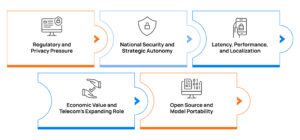
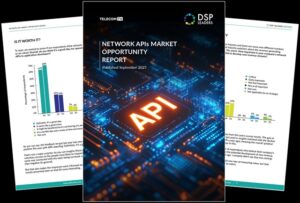
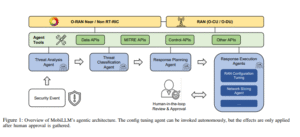
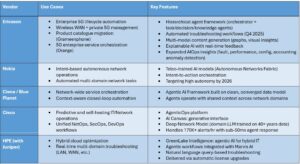
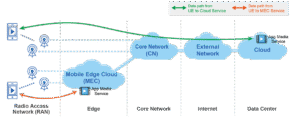
Be First to Comment